How the Union's Wage Demands Could Influence Ford and General Motors Stock Performance
9 minutes for reading
With inflation on the rise, negotiations between the United Auto Workers (UAW) and major automobile companies Ford Motor Company (NYSE: F), General Motors Company (NYSE: GM), and Stellantis N.V. (NYSE: STLA) have culminated in a large-scale strike, involving the participation of approximately 13,000 people.
What are the union’s demands? What could be the consequences for the automakers and the US economy? Who stands to benefit from this situation, and how does it affect the stocks of these automobile companies? We aim to answer these questions in today’s article.
Who are the United Auto Workers, and what are their demands?
The United Auto Workers initiated a strike on 15 September 2023. The organisation boasts more than 400,000 active members in over 600 local unions, with about 150,000 specialists working in the automobile industry, primarily at facilities belonging to the Big Three – General Motors Company, Ford Motor Company, and Stellantis N.V.
It is worth noting that this is nearly 38% of all active UAW members and approximately 10% of the automotive workforce in the US. On 15 September, employees at the General Motors Company Wentzville plant in Missouri, Ford Motor Company facility in Wayne, Michigan, and Stellantis Toledo assembly complex in Ohio went on strike.
While inflation in the US began to rise already in 2020, the strike has only just started. This may be attributed to the expiry of a four-year contract between the workers and automakers.
At the time of writing on 25 September 2023, the parties did not reach a compromise. The strike's second stage may extend to include other production facilities of these automotive corporations. To achieve the set goal, the UAW may mobilise all its members involved in the automotive sector, thereby bringing the entire industry to a standstill.
Key demands of the UAW
- The union is pressing for an immediate wage increase of 17.5-20% and annual increments of 5% within the four-year duration of the new contract
- The UAW is seeking to reinstate retirement benefit plans and healthcare services that employees had until 2007. It is worth noting that following the 2007 financial crisis, when automakers were facing bankruptcy, the United Auto Workers helped them out by giving up retirement plans and healthcare services for new hires
- The organisation is demanding limitations on the use of temporary workers and mandatory overtime. In addition, strike participants are proposing to have the workweek reduced to four days
- The union is also demanding job security and the preservation of wages for employees when they are transferred to electric vehicle production. It should be noted that electric vehicle production involves fewer technological processes, hence its employees have lower salaries
Impact of the 2019 UAW strike on General Motors
On 15 September 2019, UAW members initiated a strike involving nearly 48,000 workers of 50 facilities across the US. Their demands included wage increases, retention of healthcare benefits, enhanced job security, and the opportunity for temporary workers to transition to permanent employment status.
The strike lasted until 25 October 2019, when the union’s demands were met by the automotive giant. It is important to stress that the strike led to the temporary closure of GM facilities in Canada and Mexico. The company’s suppliers had to lay off approximately 12,000 employees. General Motors Company’s Q3 and Q4 2019 reports reflected the impact of the strike on the financial performance: total losses for the two quarters reached 4.6 billion USD.
On 15 September 2019, General Motors Company shares lost 1.7% and continued to decline, with stock prices dropping 13.1% by 8 October. The quotes failed to restore their positions by the end of 2019. With the onset of the COVID-19 crisis in 2020, stock values continued to fall and only managed to return to their pre-strike level of 38 USD per unit by November 2020.
Potential impact of the United Auto Workers strike on Ford and GM
The UAW strike that began in September 2023, may have a negative impact on the automakers’ business and the overall US economy. According to research by Harbour Results, based on the 2022 results, 30% of 400 small and medium-sized manufacturers that are suppliers of the Big Three are in a vulnerable financial position, while another 21% are in a moderate position. A total of 84% of these companies forecast a decrease in revenue in 2023.
A prolonged strike by auto workers poses significant risk to such companies, particularly now that the Federal Reserve has raised the interest rate to 5.5%. In such circumstances, borrowing costs have increased substantially compared to the statistics from 2019 when the rate stood at 2.5% and lower.
In this situation, suppliers to automakers, facing bankruptcy, may start reducing costs and laying off employees. The unemployment rate might increase, and the income and expenses of workers and their families could decline. This is likely to create negative conditions for local businesses and decrease tax revenues. In addition, the strike could harm the reputation and competitiveness of the US automobile industry.
According to Goldman Sachs, General Motors Company, Ford Motor Company, and Stellantis N.V. may incur losses of 100-150 million USD per week due to the strike. As the GM experience in 2019 shows, the overall losses could amount to billions.
Who could benefit from the conflict between the Big Three and the UAW?
- Tesla Inc. (NASDAQ: TSLA) employees are not members of the United Auto Workers
- According to Business Insider, at the time of writing, the hourly wage for a Tesla Inc. plant worker was 45 USD, nearly 20 USD lower than hourly wages at the facilities of General Motors Company, Ford Motor Company, and Stellantis N.V.
- If the Big Three automakers satisfy the demands of the UAW and increase the wages of specialists involved in electric vehicle production, it could lead to higher prices for the electric vehicles produced by these companies. In this scenario, the competitiveness of General Motors Company, Ford Motor Company, and Stellantis N.V. may decrease in both the domestic and international markets
- The use of the innovative EV production system Giga Press allows Tesla Inc. to reduce production costs. Furthermore, during an investor event in March 2023, Elon Musk announced that Tesla would halve next-generation EV production costs, primarily thanks to the use of innovative production technologies and the development of smaller plants. It is easier and quicker to upgrade or launch smaller production facilities rather than large plants
Ford stock live price chart
Ford stock analysis
Ford Motor Company shares have traded between 10 and 15 USD since June 2022. The stock value has tumbled 19.7% from 12 July 2023, when Shawn Fain, the UAW president, declared that nearly 150,000 union members were ready to go on strike, to 22 September. The quotes reacted moderately to the start of the strike on 15 September 2023. If the strike continues, the price is likely to test the support level at 10 USD again.

General Motors stock live price chart
General Motors stock analysis
General Motors Company stock have traded within a range between 30 and 42 USD since June 2022. On 12 July 2023, the stock price was headed down, dropping 19.7% by 22 September. At the time of writing, the stock quotes are hovering near the lower end of this range. If a strike situation worsens, the price could break the support level at 30 USD and fall to 24 USD.
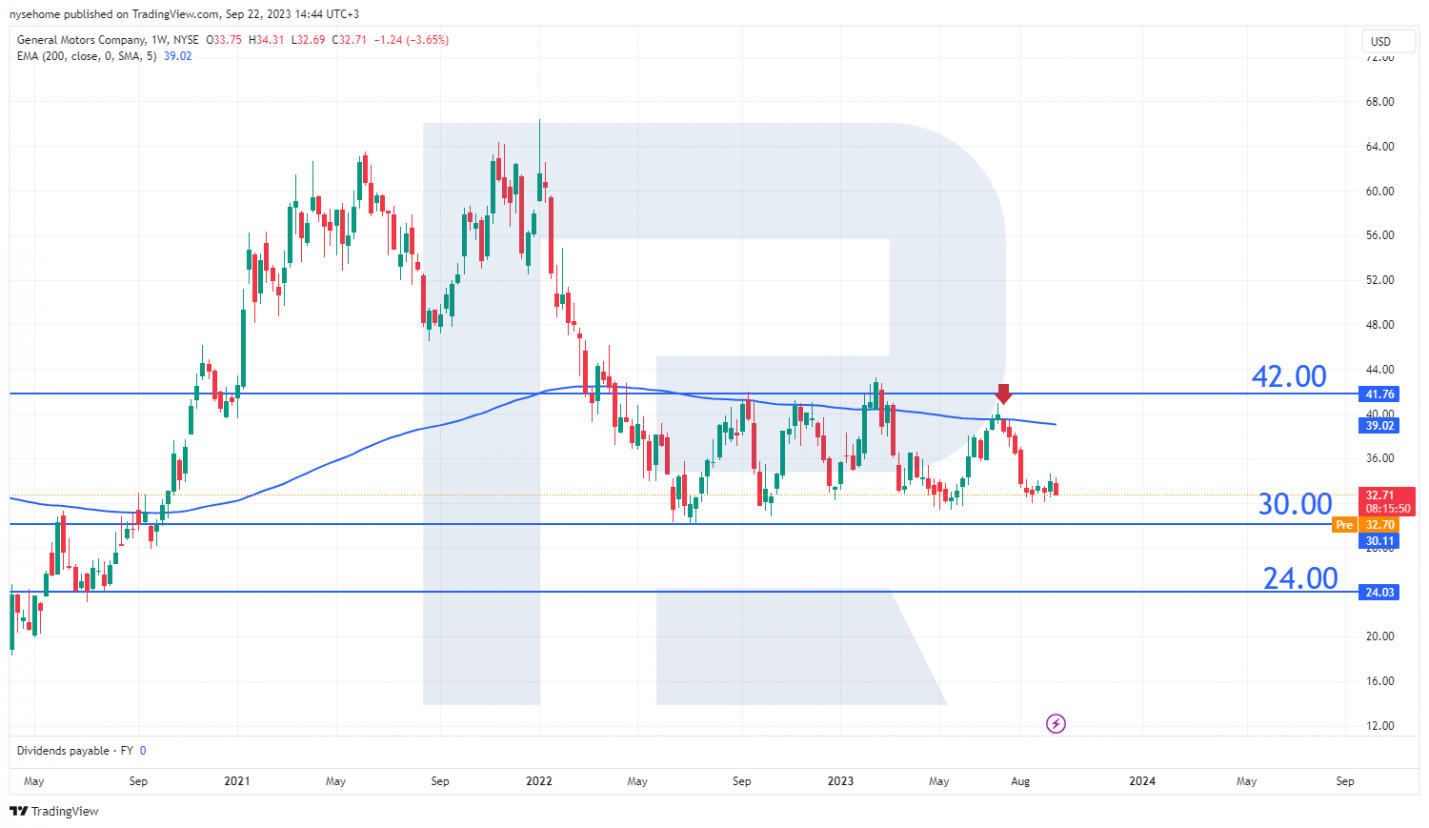
Stellantis stock live price chart
Stellantis stock analysis
Unlike Ford Motor Company and General Motors Company shares that responded to the UAW head’s statement with a protracted decline, Stellantis N.V. stock reached a new all-time high of 20.7 USD in July 2023 and ended the month, showing an increase of 17%.
The shares were not affected by a decline in the Dow Jones (US30) stock index either. The index has lost 2.7% from 15 to 22 September while market participants were waiting for the Federal Reserve’s decision on the interest rate. At that time, the car maker’s shares have added 2.6%, and are still trading within an ascending channel.
Given the above, if the UAW demands are satisfied, investors of Stellantis N.V. might welcome this development, which could drive the shares further up to the resistance level at 20.70 USD.

Conclusion
A compromise between the UAW and the Big Three is expected soon considering that none of the parties wants the companies to face bankruptcy. Following the 2019 strike, GM’s annual revenue has shown growth, increasing from 137.2 billion to 169.7 billion USD compared to the previous year, with net income rising from 6.6 billion to 10.1 billion USD. This highlights that while a strike can negatively impact financial performance for several quarters, its effects tend to diminish over time.
Furthermore, the automotive industry's competitiveness relies heavily on the presence and execution of comprehensive development plans and strategies. It is these well-thought-out plans and strategies that can significantly influence a carmaker's competitiveness in both local and global markets.
* – Past performance is not a reliable indicator of future results or future performance.
The material presented and the information contained herein is for information purposes only and in no way should be considered as the provision of investment advice for the purposes of Investment Firms Law 87(I)/2017 of the Republic of Cyprus or any other form of personal advice or recommendation, which relates to certain types of transactions with certain types of financial instruments.
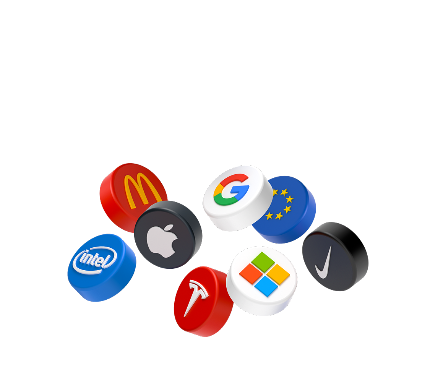











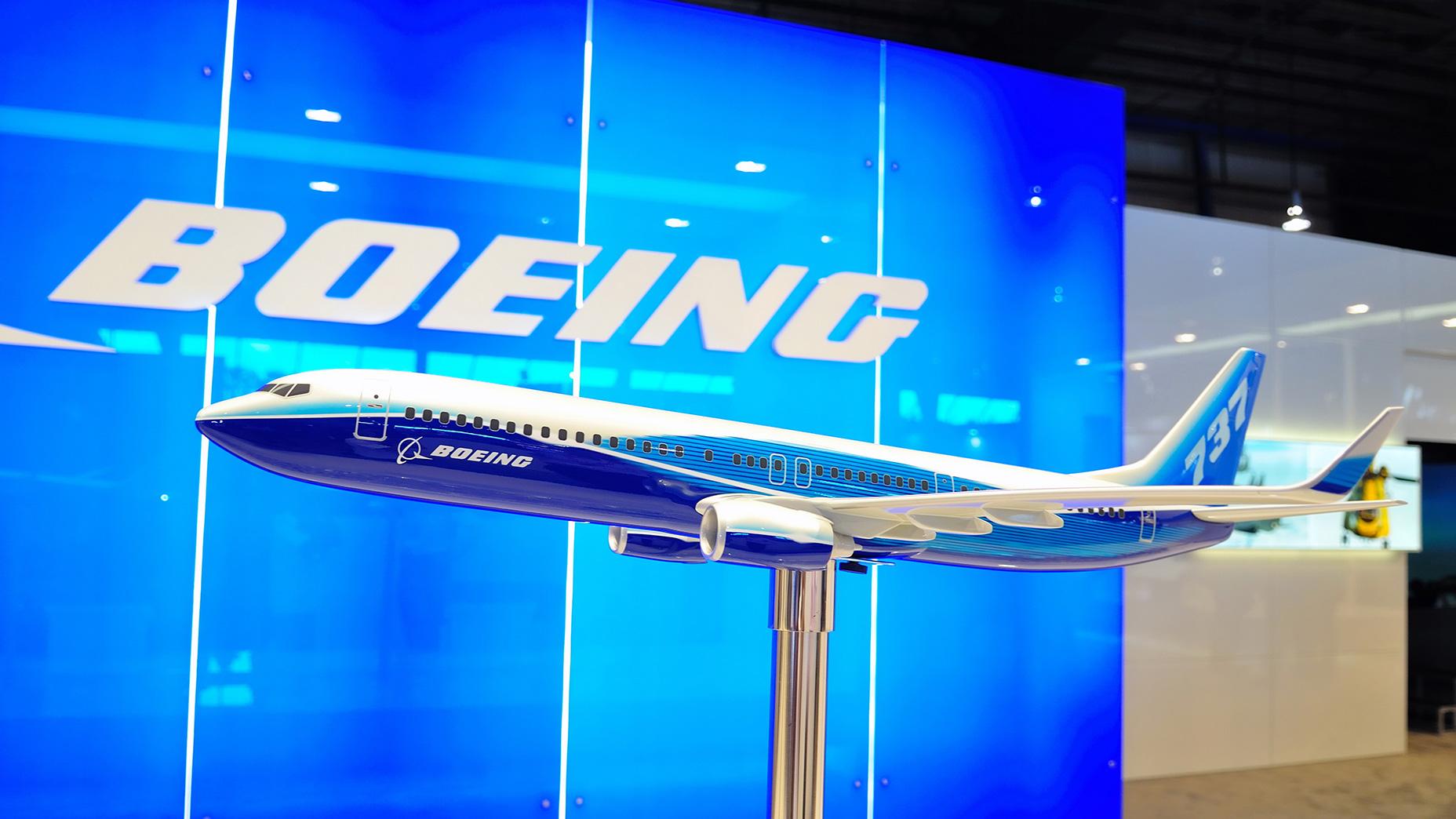

 are complex instruments and come with a high
are complex instruments and come with a high  of losing
of losing  rapidly due to
rapidly due to  . 65.68% of retail investor accounts lose
. 65.68% of retail investor accounts lose  when trading
when trading  with this provider. You should consider whether you understand how CFDs work and whether you can afford to take the high
with this provider. You should consider whether you understand how CFDs work and whether you can afford to take the high